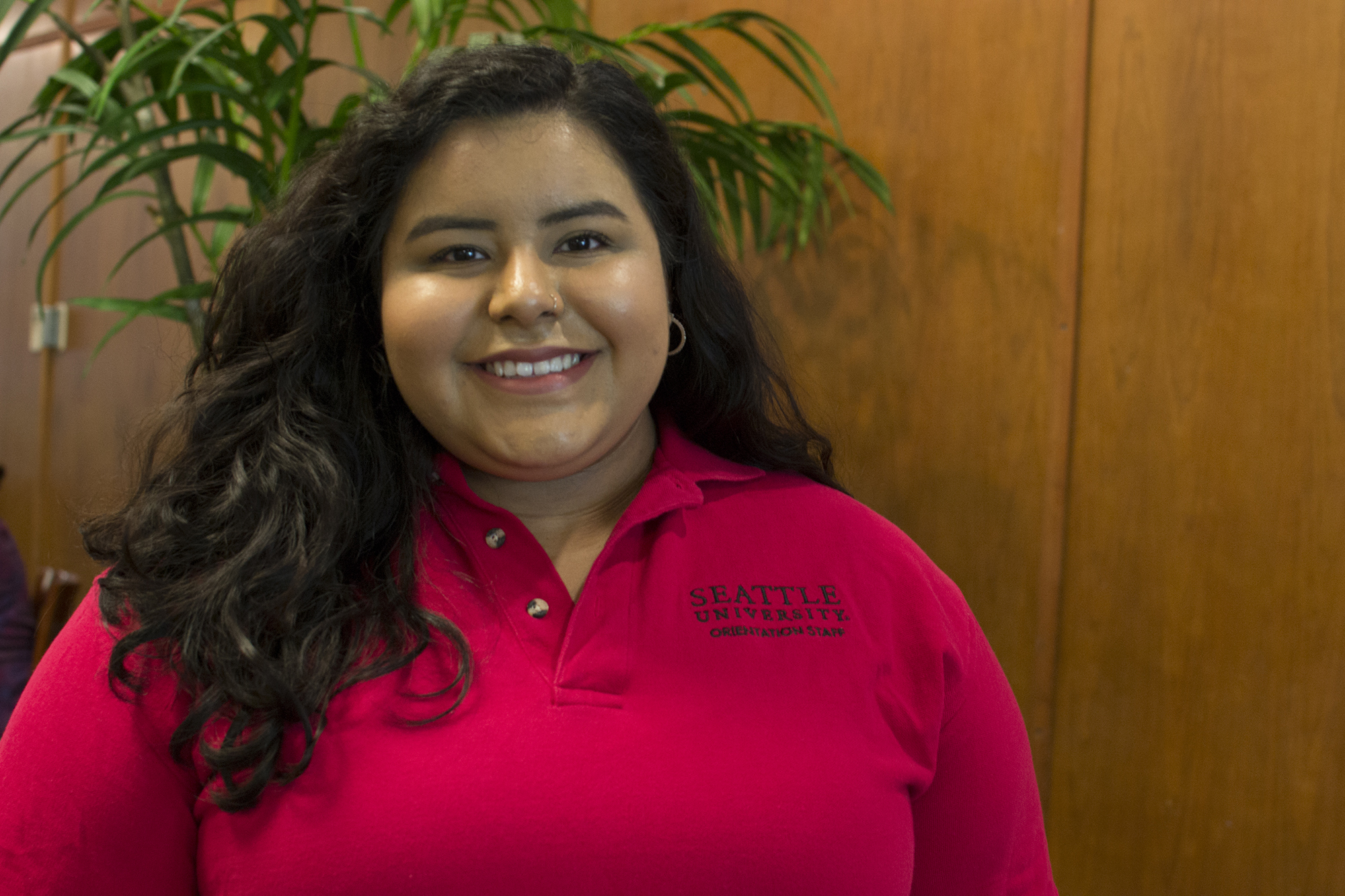Many of us stumbled into Seattle University orientation with sweaty palms, weak knees, and having just eaten mom’s spaghetti for the last time until break. We were nervous, but on the surface we looked calm and ready. We owed a lot of our cool demeanor to the Orientation Advisors whose much needed parental presence guided our aimless selves in the right direction.
The Orientation program will undergo a lot of changes for the upcoming year, but they boil down to three major things: first, the program will downsize from approximately 55 Orientation Advisors (OAs) to just 25. Second, the orientation program’s outreach will extend to more students, particularly transfer students. And third, the OA position will be a lot more like a job than a volunteer position, including a nearly eightfold pay raise.
Humanities for leadership junior Joseph Delos Reyes was an OA last year. He said that the decision to cut the OA group in half was intended to create a more tightly-knit staff.
“I think it was because they really want to make a cohesive group that knows each other all the time, as opposed to having a group of over 60 OAs and having that community divided over the summer based on availability,” Delos Reyes said.
Stacey Ruiz is a sophomore psychology major and one of only four returning OAs. She said that the small amount of returners may be attributed to the time constraints of the new program.
Ruiz said that this year’s OAs better reflect the incoming Seattle U students. For example, unlike in recent years, one of the OAs is also an athlete, which means that they will be better able to connect with freshman athletes and encourage them to attend Welcome Week events.
Ruiz, who is a first generation college student, said that the program will better cater to the experiences of first generation students whose families may be less informed on the processes of college.
In past years, OAs only helped out during the freshman orientation Summer in Seattle sessions. But the new changes add a lot more support for incoming transfer students, who often times have a more difficult time integrating into the Seattle U community.
“We have people who are showing leadership position as transfer students, and it’s showing how it’s possible to get active on campus, and also it is a pretty nice adjustment with the help there,” Ruiz said.
The OAs will also put on orientations at the start of winter and spring quarters when transfer students join Seattle U.
“Since we will be doing transfer orientation throughout the whole school year, definitely it will be a lot better for those students,” Ruiz said.
The OAs will also try to become experts in each college so that they can help a larger number of incoming students become familiar with the departments that interest them.
“We’re all still learning about each of the colleges on campus so that when we talk to families and students we know this information about all of the colleges, and not just our own and our major and what not,” Ruiz said.
But with all of these changes comes a lot more commitment.
“Now it’s more of a job rather than a volunteer position I suppose,” said humanities and biochemistry sophomore Dana Tran. Tran was an OA last summer, but will not be returning this year.
Delos Reyes said that the new time requirements are somewhat limiting, and those time restraints are the reason that he won’t be returning next year.
“It has bred a lot of restriction in that because it’s so summer-oriented, it really restricts a lot of people who want to do something for the summer, like explore summer internships or have a job throughout the school year,” Delos Reyes said.
But with that extra work comes extra compensation. In the past, OAs were paid $100 for each Summer in Seattle session that they attended. Now the stipend has increased almost eight-fold.
Tran said that the pay increase is slightly upsetting to past OAs who received significantly less compensation for their work.
“I think it’s pretty unfair for the OAs of last year just because we did the same amount of training,” Tran said. “So last year if you had attended all Summer in Seattle sessions, and had done the max you could, I think the only amount in monetary value you could’ve gotten was $400.”
Now each OA will receive a $2,500 stipend for summer orientation, and two additional $250 stipends for winter and spring transfer orientations, totaling $3,000.
Despite some of the oppositions to the program changes, Ruiz remains optimistic.
“Just in the training sessions that we’re having done, we’re doing a lot of things better already that I already see benefiting these new students. So far I actually really do like the change,” Ruiz said.








